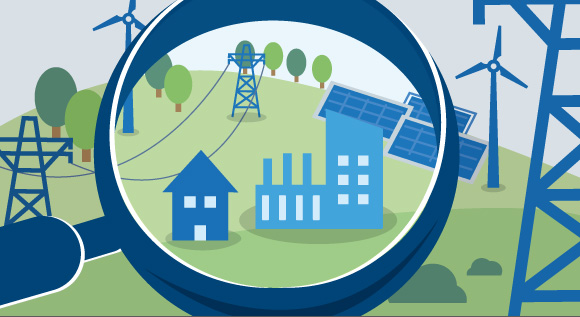What actually is the Climate Club?
What’s the climate club to do with transforming our industrial sector in a way that is socially just and meeting the global climate targets? Read on to learn more about a new milestone in international climate action
 © BMWK
© BMWK
To this day, the conclusion of the Paris Agreement in 2015 has been regarded as a milestone in international climate action. 195 parties to the United Nations Framework Convention on Climate Change agreed to limit global warming if possible to 1.5 degrees. There is widespread agreement that achieving this target will require a climate-friendly transformation of the global economy. This can only be done successfully if the key group of countries join forces, as climate change cannot be addressed at the national or European level alone.
Climate club launched under German G7 presidency.
It is against this backdrop that the Federal Government under its presidency of the G7 initiated the creation of an inclusive intergovernmental forum – the climate club – in December 2022. It is to provide a coordinated approach for international climate action and ensure that climate action becomes a competitive advantage. The climate club seeks to encourage countries to further decarbonise their industrial sectors, enhance emission reduction measures and mitigate the risk of companies moving their business to countries where climate rules are less strict (carbon leakage) (German only).
24 countries from all parts of the world have joined.
In addition to the founding members of the club, new members such as Argentina, Colombia, Costa Rica, Denmark, Indonesia, Kenya, Luxembourg, the Netherlands, Switzerland, Singapore and Uruguay took also part in the taskforce meeting. The Climate Club currently has 24 members from all parts of the world. Further countries with ambitious climate targets have expressed their interest in joining the club or have already applied to join.
Further information
- Press release by the Federal Ministry for Economic Affairs and Climate Action: Climate Club places focus on industrial decarbonisation – Task Force chaired by Germany and Chile starts work (German only)
- Press release by the Federal Ministry for Economic Affairs and Climate Action: Together on the path to climate neutrality (German only)
- Joint press release by the Federal Chancellery and the Federal Ministry for Economic Affairs and Climate Action : G7 establishes Climate Club

